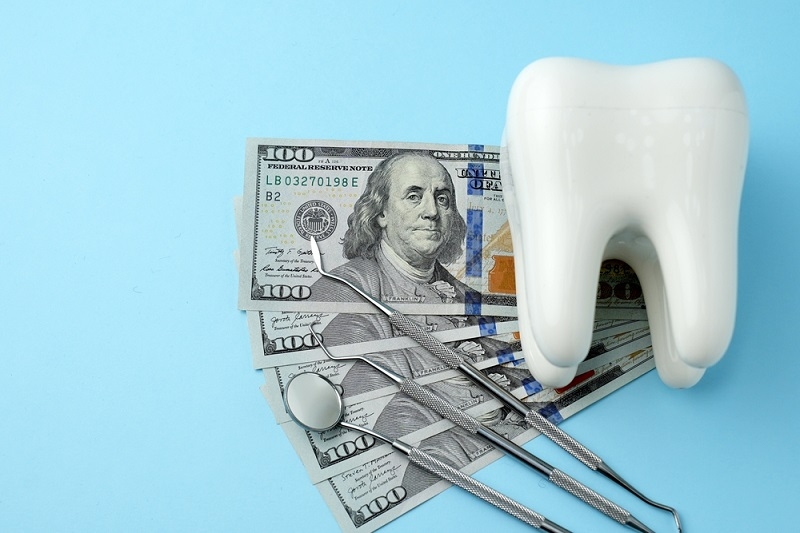
Dental insurance explained is like a roadmap for your teeth. It tells you what care you can get and how the system works. Understanding how dental insurance works makes dental visits easier and less confusing. It shows what is covered, what rules apply, and how to use it properly. This guide will walk through everything step by step.
Dental insurance works as a guide for your dental care. It shows different levels of treatment that is preventive care, basic procedures, and major treatments. Each has its own rules. And sometimes the rules seem complicated, but really, they are there to make sure care is organized.
It helps people plan visits to the dentist and get care when they need it. Knowing dental insurance coverage makes it easier to understand what is included and how the benefits apply. Some things are immediate, while others involve a short waiting period.
Dental insurance coverage is divided into three main categories. They are simple to understand once you see them in action.
Preventive care is all about stopping problems before they start. This includes exams, cleanings, X-rays, and sealants. These services keep teeth healthy and catch problems early. Most plans cover preventive care immediately. Usually, you can have two visits per year. Some plans may even allow a little more.
Preventive care encourages regular dental visits. It’s simple. You go, your teeth are checked, cleaned, and that’s it. No big procedures, no extra steps.
Basic care handles everyday dental problems. This includes fillings, tooth extractions, and minor gum care. The goal is to prevent issues from getting worse. There is usually a short waiting period before coverage starts. Once the waiting period ends, the plan shares the cost with the patient.
Sometimes it feels like a small step. Sometimes, a filling can make a big difference. Basic care is necessary. It keeps teeth from becoming a major problem later.
Major services cover complex treatments. This includes crowns, bridges, dentures, and sometimes root canals. These are longer procedures. They take more time and effort. Most plans have longer waiting periods for major services.
The idea is that coverage is used for long-term care, not for a single urgent problem. You wait a little, but then the plan helps when you really need it. Major care is there for the bigger fixes.
Must Read: What is cobra health insurance and How Does it Work?
The dental insurance process has a few steps. And it’s easier than it looks.
You pick a plan that suits your needs. Some people choose plans based on dentists in the network. Others focus on the coverage details, like preventive and major services.
Plans usually have networks. HMO plans require visits to specific dentists. PPO plans are more flexible. Choosing the right network helps in using the plan efficiently.
Preventive care usually starts immediately. Basic and major treatments may have waiting periods. It’s important to keep routine visits to make the most of your coverage.
After coverage begins, visits to the dentist are straightforward. The office sends the claim to the insurance. Then the plan pays its share based on the treatment.
Plans have a yearly maximum. Once it is reached, the person pays for any additional care until the following year. It may feel limiting, but it keeps the system fair.
Some people have more than one plan. When that happens, benefits are shared. This is called primary vs secondary dental insurance.
Using both plans efficiently helps people maximize coverage. Families with multiple policies can benefit greatly. Even though it can seem complicated, it becomes manageable once you know the order.
Top Pick: Explaining Health Insurance Glossary for First-Time Buyers
Understanding dental benefits explained makes the plan easier to use. Services are divided into categories, with each having its own rules.
It includes dental exams, cleanings, and X-rays. These expenses are fully covered immediately by the plan and helps you to prevent future issues.
This includes fillings, gum treatments, and extractions. The policy will also cover these issues after a short waiting period and helps you to maintain daily dental health.
Operations like crowns, bridges, and sometimes root canals are covered by dental insurance policies. This provides you support in case of complex dental issues.
Preventive care is always encouraged. Most plans cover it right away. Then the basic and major care comes next. This system makes sense. It focuses on keeping teeth healthy first.

Looking at the main points makes how dental insurance works clear.
Preventive services usually start immediately, however, basic and primary treatments often need a few months.
Each plan has a yearly limit and after you reach that bar, you have to pay for it on your own.
Most necessary treatments are covered by the plan. However, cosmetic procedures like whitening or shaping are usually not included.
Staying within the network makes claims easier. Out-of-network visits may take extra steps.
After a visit, the office sends the claim. The plan reviews it and pays according to service type.
It helps to know these points. They make the coverage system less confusing. And it helps people make better decisions about their dental care.
Dental insurance encourages regular dental visits, and preventive care is covered immediately. This makes it easy for you to conduct regular dental checkups.
Knowing how dental insurance is explained helps people use their coverage wisely. It ensures teeth stay healthy and treatment is ready when needed. Some people do not consider preventive care because of the expenses; however, this insurance helps them stay on track.
Dental insurance explained shows how preventive, basic, and major care work together. Understanding how dental insurance works and the dental insurance process helps people use their coverage wisely. Regular care becomes simpler and more predictable. With this knowledge, maintaining oral health is easier than it seems.
This content was created by AI